Understanding Medium Voltage Cable Terminations: A Comprehensive Guide
Connecting the Dots: The Crucial Role of Terminations
Medium voltage (MV) cables, the workhorses of power distribution networks, operate at voltages typically ranging from 1 kV to 50 kV. These cables carry the electricity that powers our homes, industries, and critical infrastructure. At every connection point, where cables meet transformers, switchgear, or other equipment, terminations play a vital role in ensuring safe, reliable, and efficient power delivery.
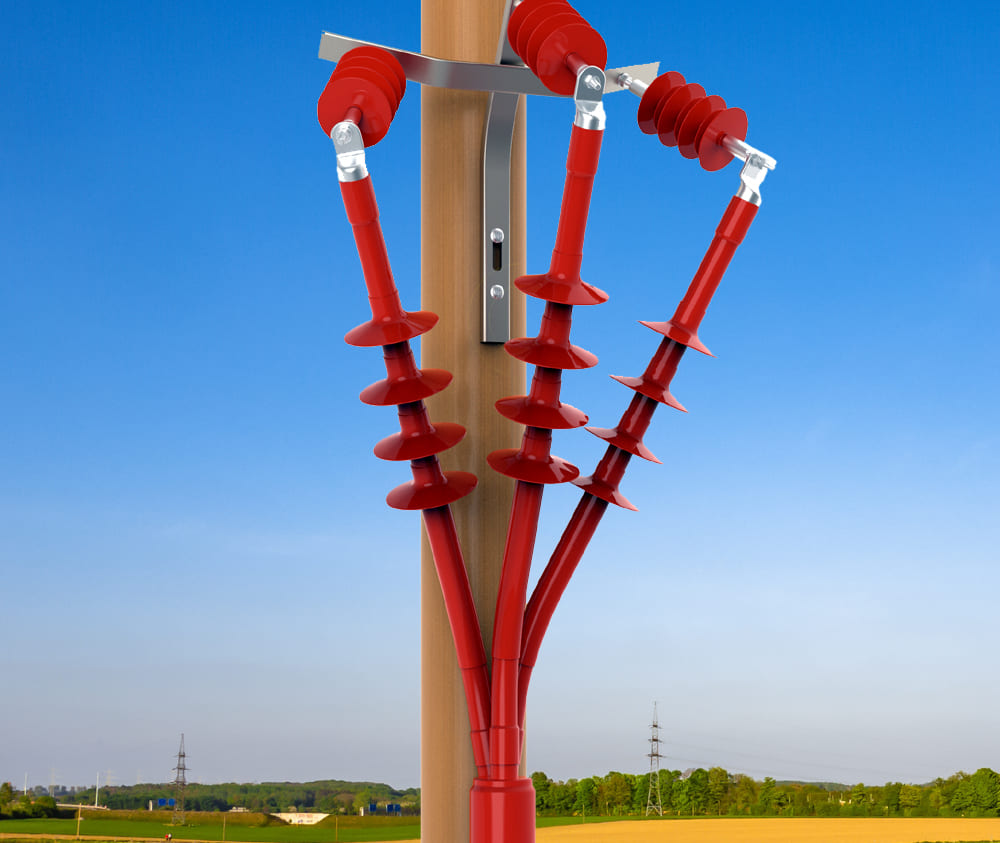
Types of MV Cable Terminations: Different Solutions for Different Needs
Imagine a termination as the meticulous seal and stress control point where a cable meets its destination. Different types of terminations offer varying solutions:
- Heat Shrink Terminations: Like a shrink-wrap for cables, these use heat to create a tight seal and controlled electric field distribution. Simple and cost-effective, they're ideal for basic applications.
- Cold Shrink Terminations: Pre-shrunk components expand upon cable insertion, eliminating the need for heat and offering faster installation and better weather resistance. However, they typically come at a higher cost and have a larger size.
- Pre-Moulded Slip On Terminations:Factory-engineered Terminations that are pre-formed and come with built-in components for easy and precise installation
- Indoor vs. Outdoor Terminations: Environmental considerations dictate the choice of materials and features. Outdoor terminations boast superior weather resistance and UV protection, while indoor options focus on space efficiency and ease of installation.
- Other Options: Cast resin, compression, and separable connector terminations offer specific advantages for applications or environments.
Beyond Connection: Diverse Uses and Applications
MV cable terminations find their place in a wide range of applications:
- Power Distribution Systems: Substations, transformers, switchgear, overhead and underground cables form the backbone of power delivery, and terminations connect them seamlessly.
- Industrial Plants and Facilities: Motors, generators, control panels, and lighting systems rely on reliable power connections enabled by terminations.
- Renewable Energy Installations: Wind farms, solar arrays, and biomass plants harness renewable energy, and terminations ensure efficient integration into the grid.
- Transportation Infrastructure: Railway electrification and metro systems depend on robust power connections facilitated by terminations.
- Data Centers and Critical Infrastructure: Ensuring uninterrupted power supply in data centers and critical facilities requires reliable terminations.
Key Features and Benefits: Beyond the Basics
MV cable terminations offer more than just physical connection. They boast a range of crucial features:
- Electrical Performance: High dielectric strength, insulation resistance, corona resistance, and controlled partial discharge (PD) ensure safe and efficient operation.
- Mechanical Strength: Resistance to tensile, compressive, and bending forces guarantees structural integrity under various stresses.
- Environmental Durability: Weather resistance, UV protection, and tolerance to a wide range of temperatures and chemicals ensure operation in diverse environments.
- Safety: Flame retardance, arc flash protection, and proper grounding provisions prioritize personnel and equipment safety.
- Ease of Installation: Simple design, clear instructions, and minimal tools required contribute to faster and more efficient installation.
- Reliability: Long service life and minimal maintenance needs translate to lower long-term costs.
- Cost-Effectiveness: Finding the right balance between initial cost and long-term performance is crucial for project budgets.
Making the Right Choice: A Guide to Selecting the Perfect Termination
Choosing the right termination depends on several factors:
- Voltage Level: Ensure the termination matches the cable's voltage rating.
- Cable Type: Single-core, three-core, armored cables each require specific termination solutions.
- Application Environment: Indoor, outdoor, or harsh environments dictate material choices and features.
- Installation Requirements: Space constraints, accessibility, and complexity influence the selection process.
- Budget and Cost-Performance: Balancing initial cost with long-term reliability and maintenance needs is key.
- Regulations and Standards: Compliance with relevant IEEE, IEC, HD, IS and other standards is essential.
Conclusion: Connecting the Future of Power
MV cable terminations are the unsung heroes of power distribution, ensuring safe, reliable, and efficient connections. As technology advances, expect to see new innovations in termination materials, designs, and installation methods. By understanding the types, features, and selection criteria, you can choose the right termination for your specific needs, contributing to a secure and sustainable power future.

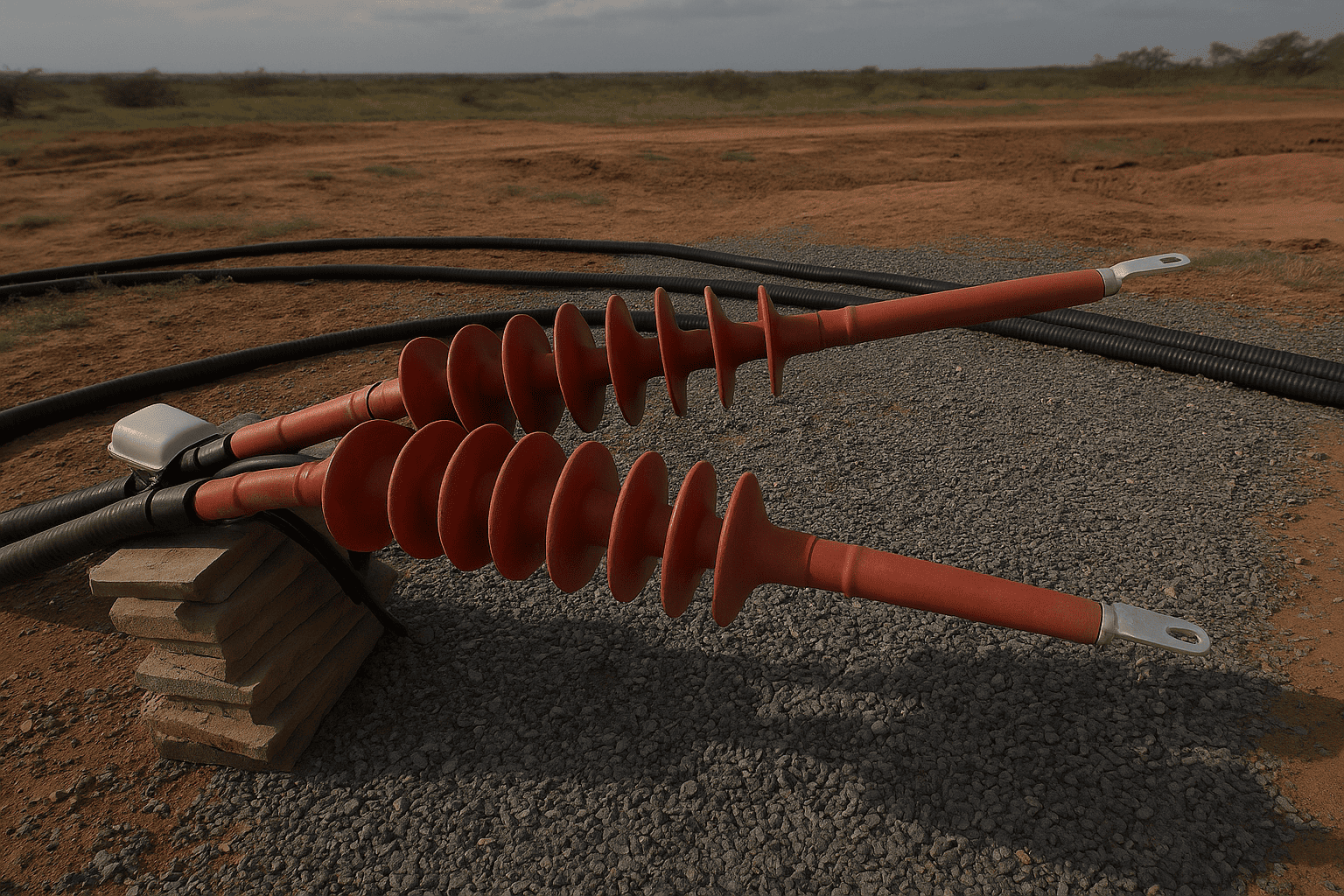 Safe & Durable 66kV Heat Shrink Terminations by COMPAQ – Ensuring High Voltage Reliability in the Field
Safe & Durable 66kV Heat Shrink Terminations by COMPAQ – Ensuring High Voltage Reliability in the Field
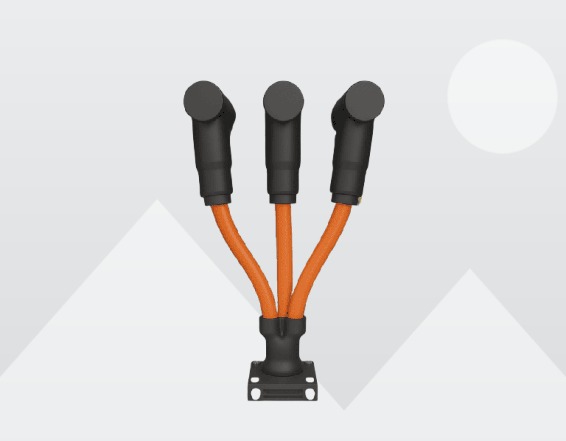 What is Touch-Proof Terminations and why Utilities are Switching to it
What is Touch-Proof Terminations and why Utilities are Switching to it
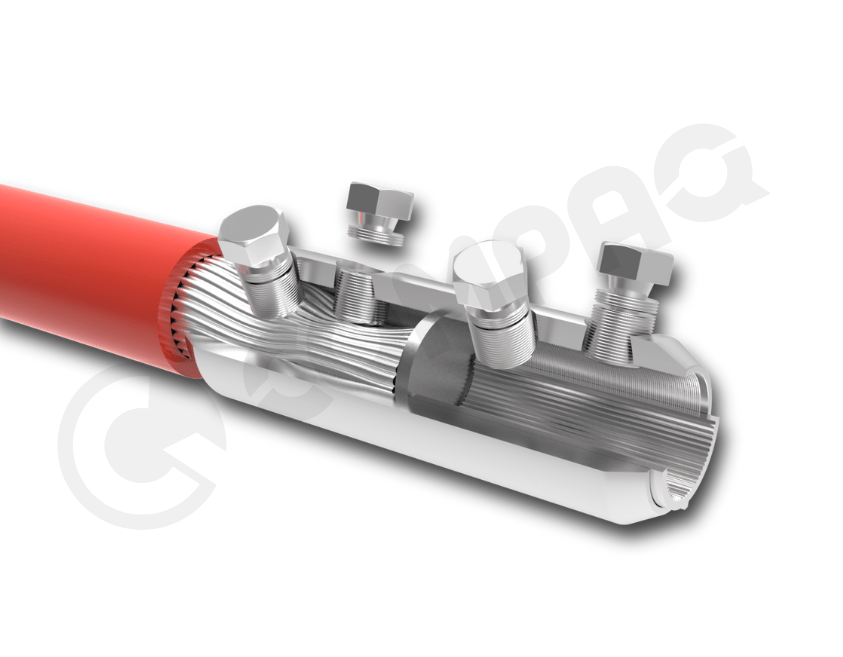 Mechanical Shear Head Cable Lugs & Connectors
Mechanical Shear Head Cable Lugs & Connectors
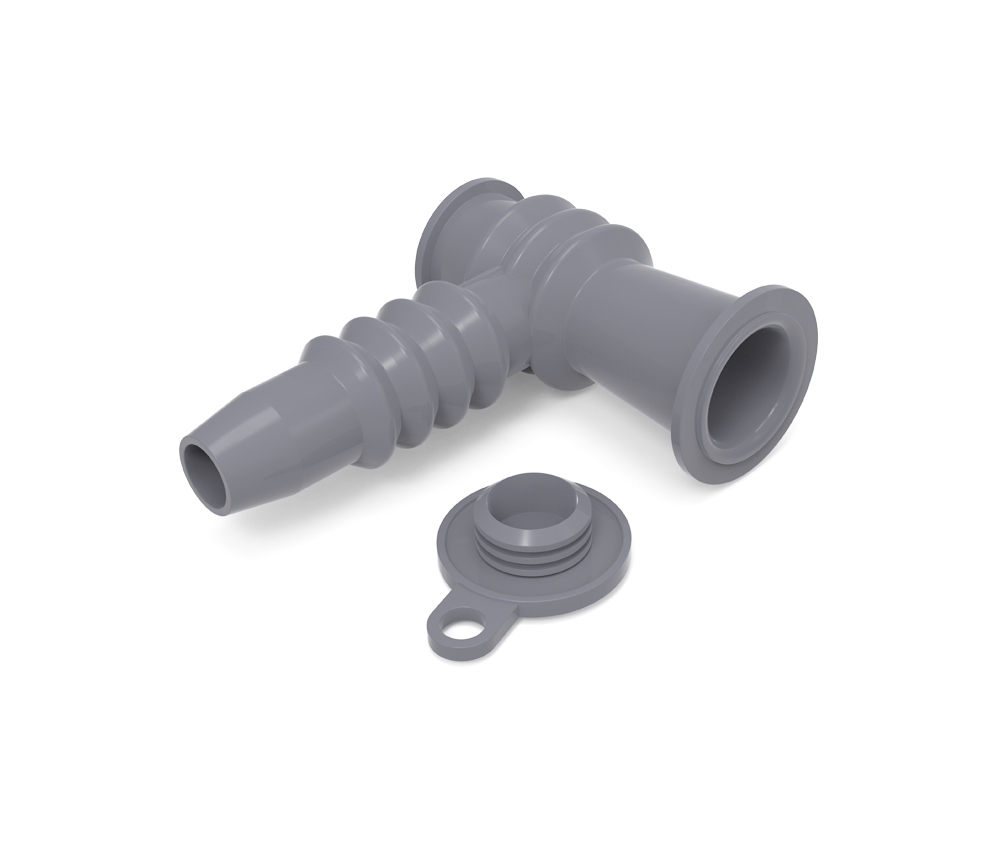 COMPAQ Elbow Terminal Protector (CRTP 1224) - Ensuring Safe and Reliable Cable Termination
COMPAQ Elbow Terminal Protector (CRTP 1224) - Ensuring Safe and Reliable Cable Termination
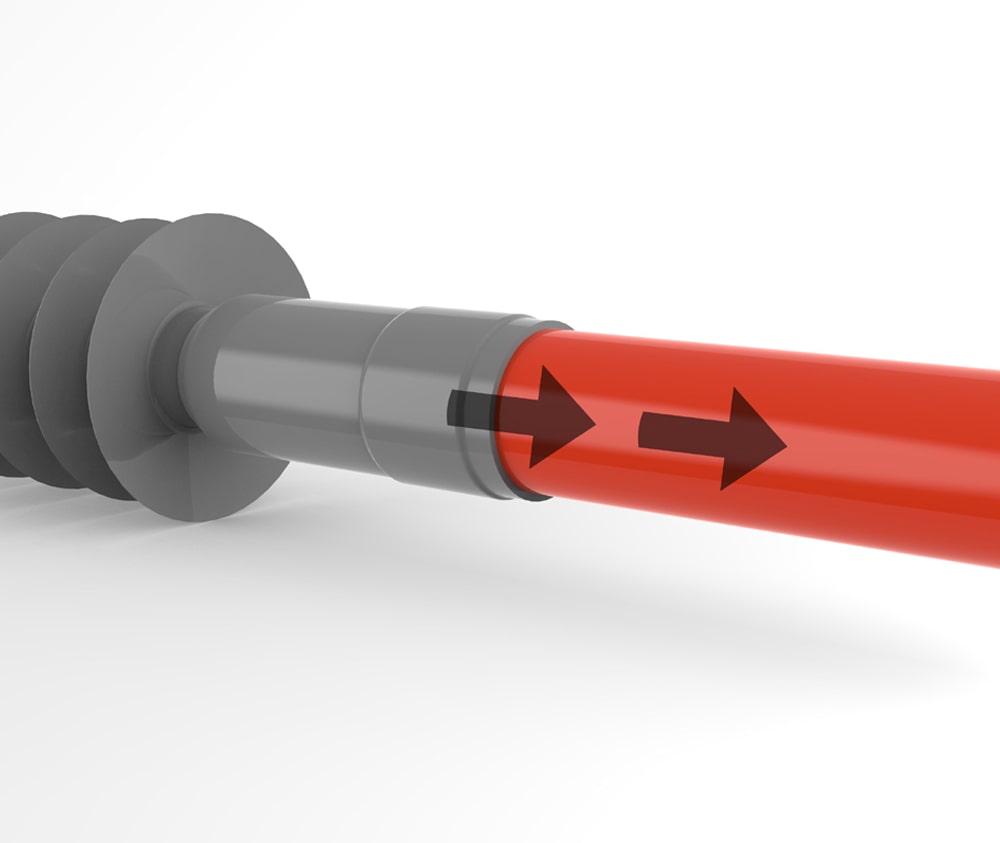 What are Pre-moulded Slip-On or Push-On Cable Joints? A Technical Insight
What are Pre-moulded Slip-On or Push-On Cable Joints? A Technical Insight
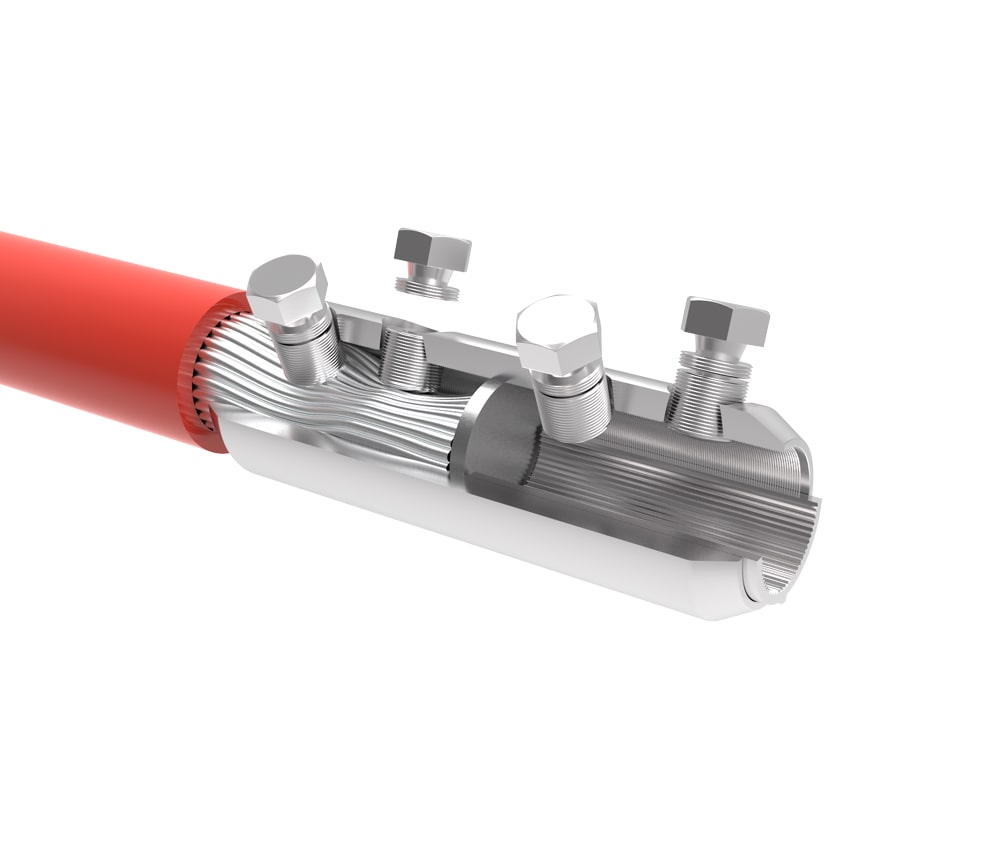 A Complete Guide to Heat Shrink Cable Joints: Reliable and Durable Connectivity
A Complete Guide to Heat Shrink Cable Joints: Reliable and Durable Connectivity
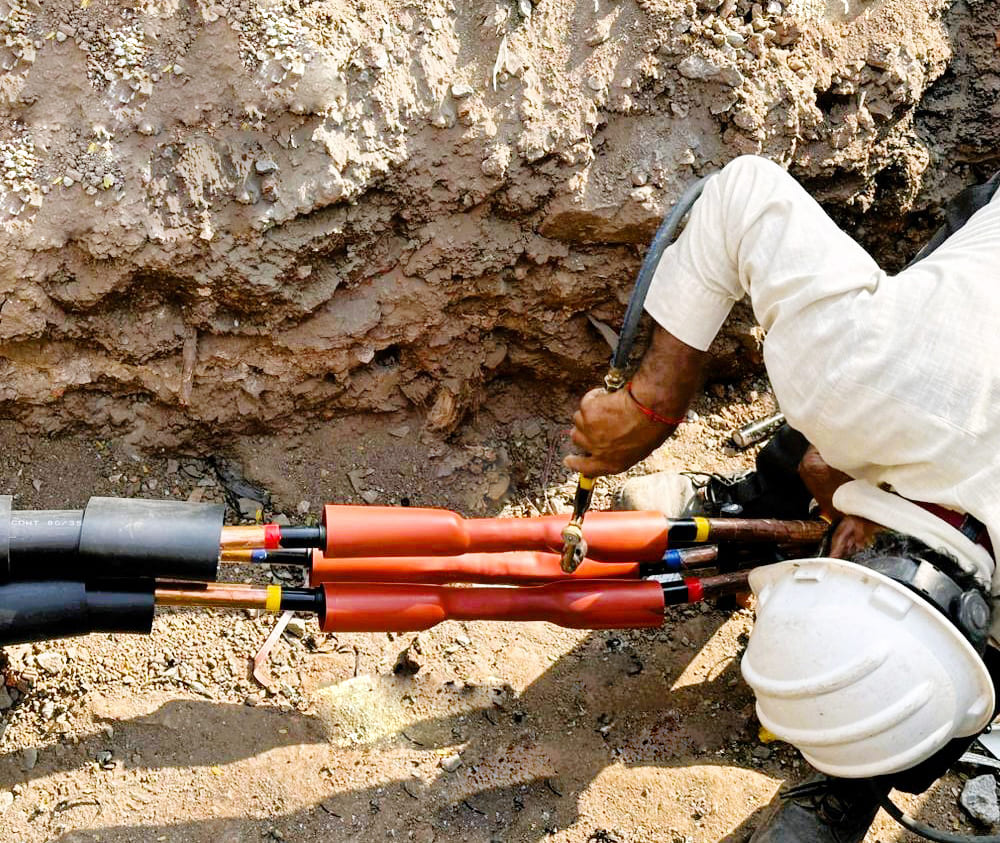 Mechanical Shear Head Cable Lugs and Connectors: Revolutionizing Cable Connection Technology
Mechanical Shear Head Cable Lugs and Connectors: Revolutionizing Cable Connection Technology
 Understanding Cold Shrink Cable Joints: A Modern Solution for Reliable Connectivity
Understanding Cold Shrink Cable Joints: A Modern Solution for Reliable Connectivity
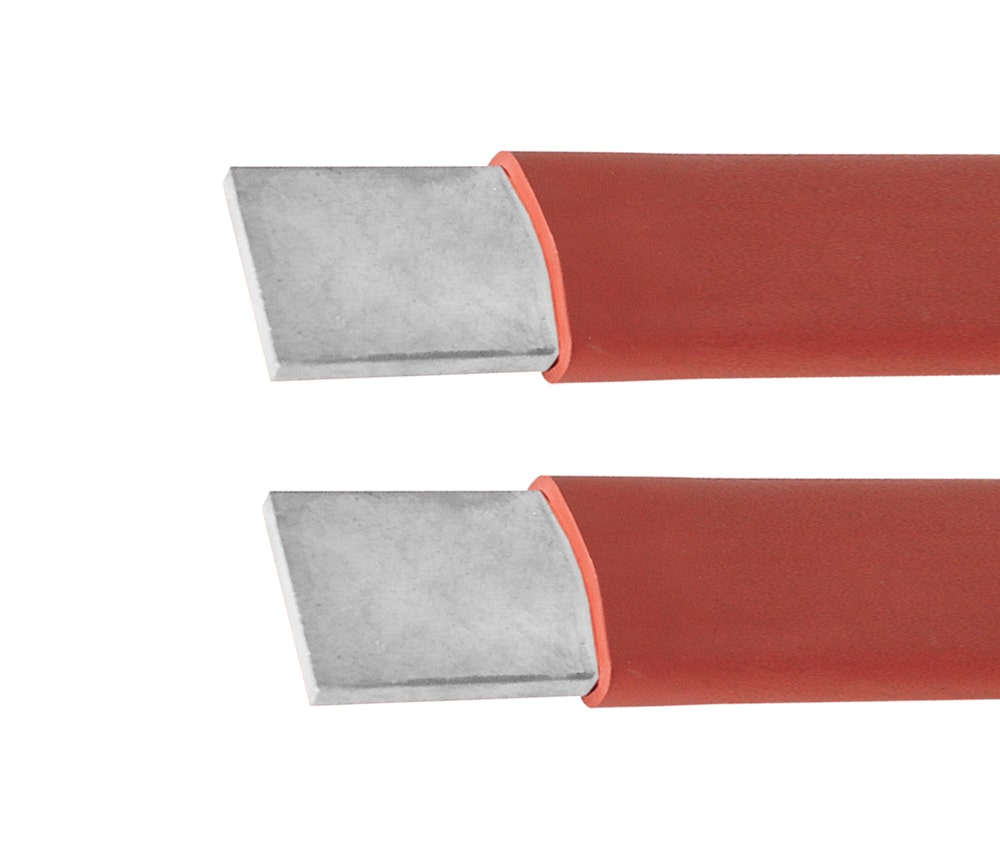 COMPAQ Busbar Insulation Tubing: A Compact Solution for Enhanced Electrical Safety
COMPAQ Busbar Insulation Tubing: A Compact Solution for Enhanced Electrical Safety
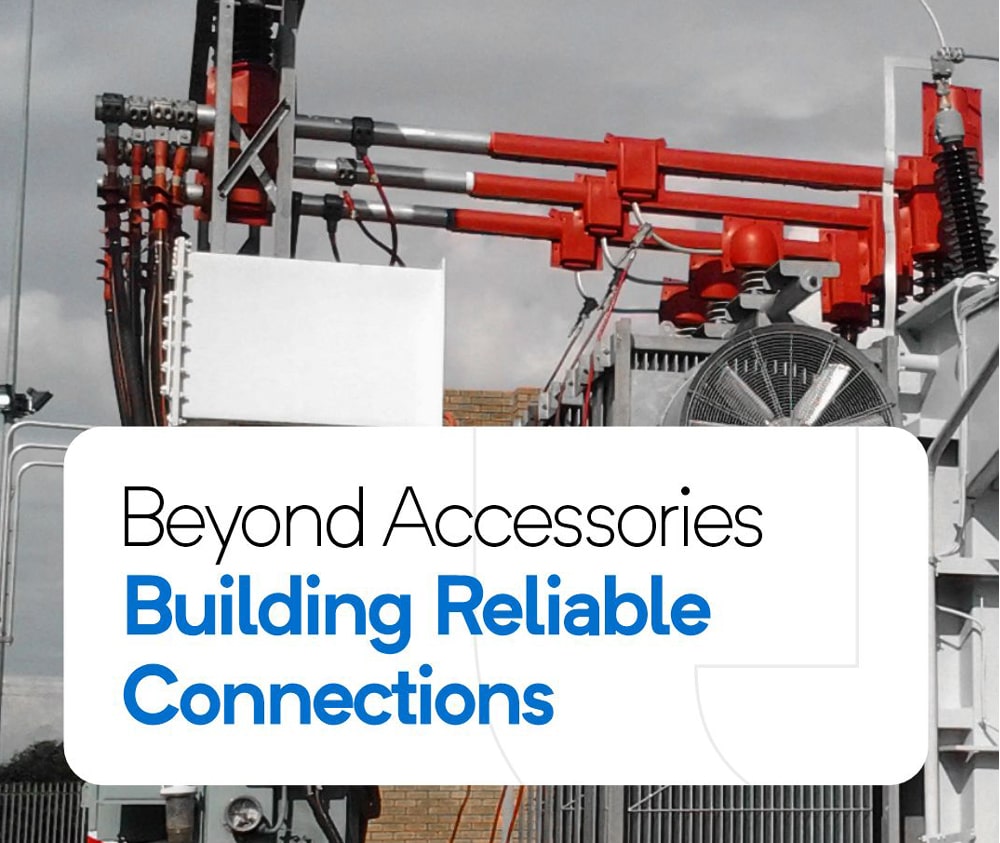 Beyond Accessories: Building Reliable Connections with COMPAQ International
Beyond Accessories: Building Reliable Connections with COMPAQ International
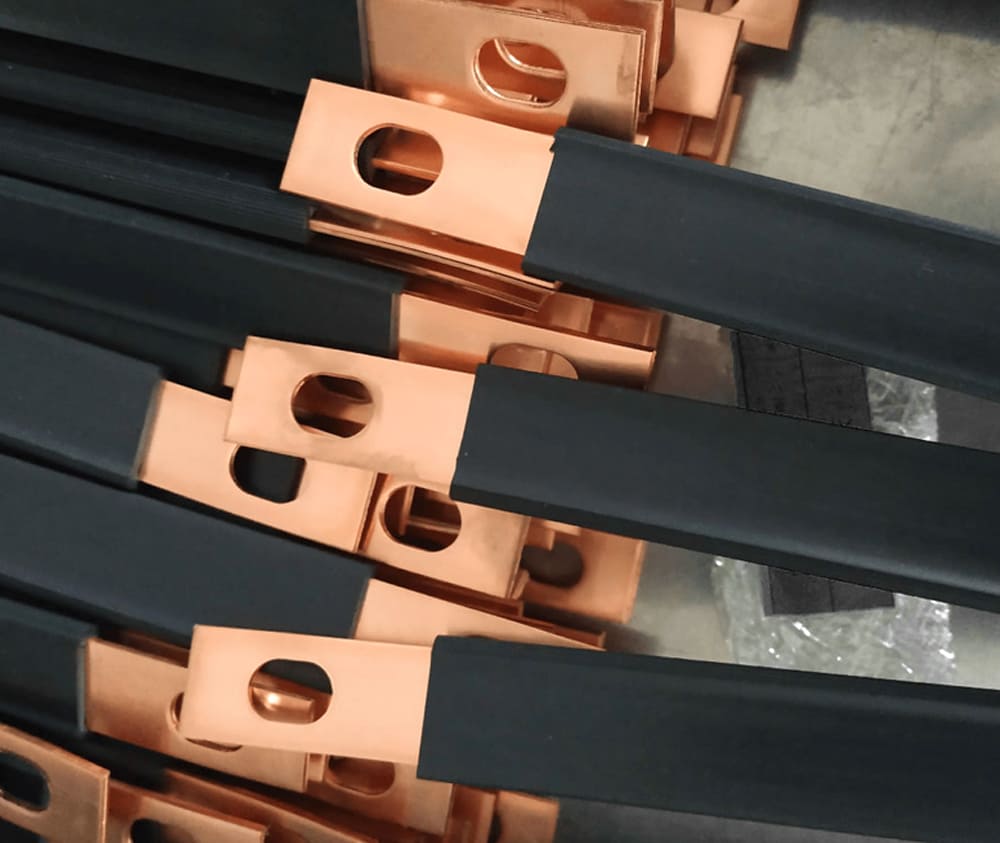 Strengthen Your Busbar Protection: Heat Shrinkable Insulation Tubing from Compaq International
Strengthen Your Busbar Protection: Heat Shrinkable Insulation Tubing from Compaq International
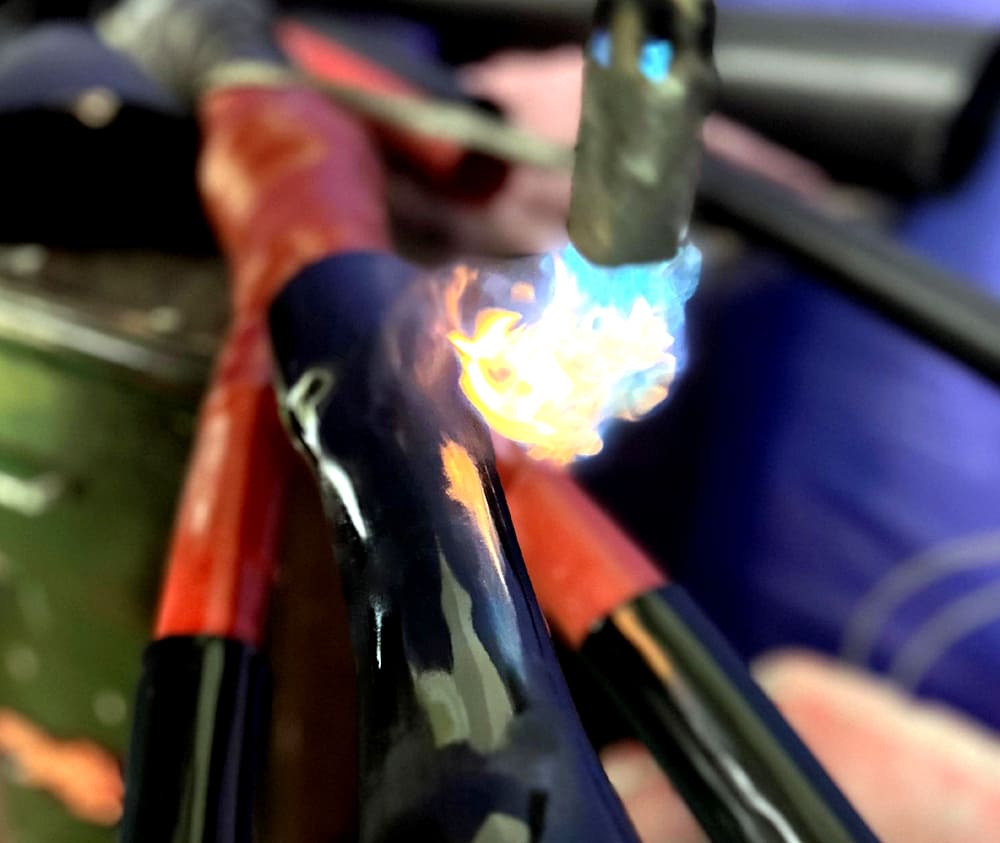 Ever Wonder How Heat Shrink Tubes Remember Their Smaller Size?
Ever Wonder How Heat Shrink Tubes Remember Their Smaller Size?
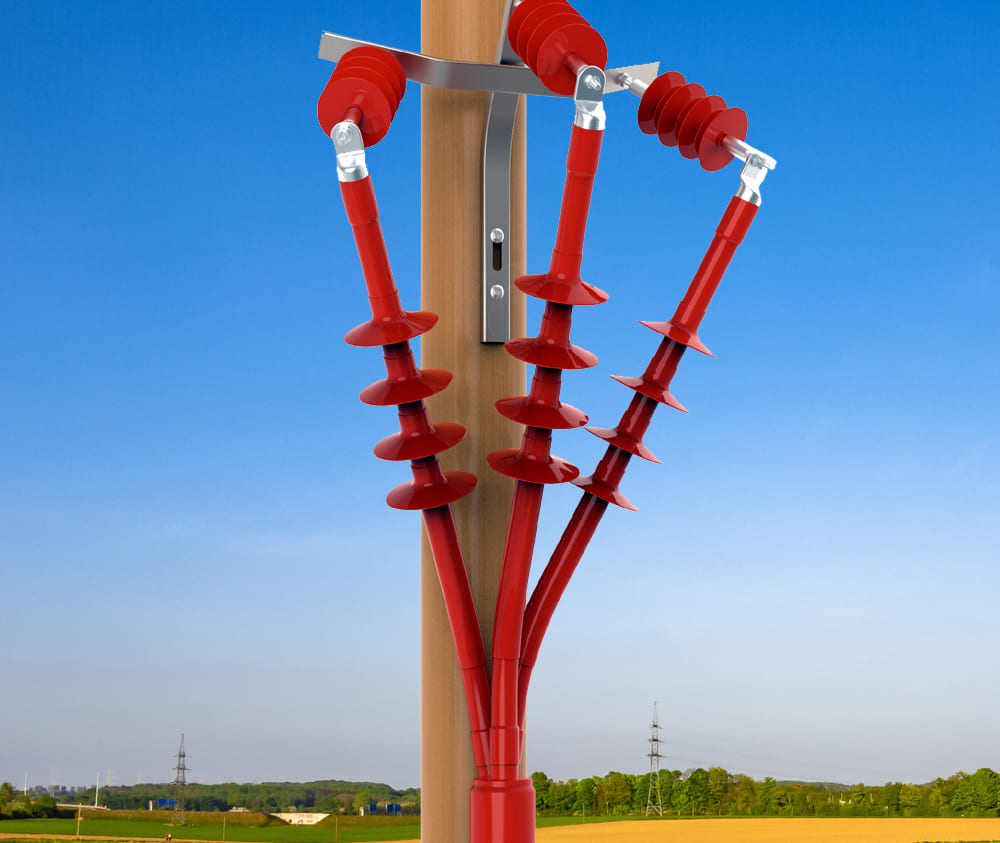 Understanding Medium Voltage Cable Terminations: A Comprehensive Guide
Understanding Medium Voltage Cable Terminations: A Comprehensive Guide
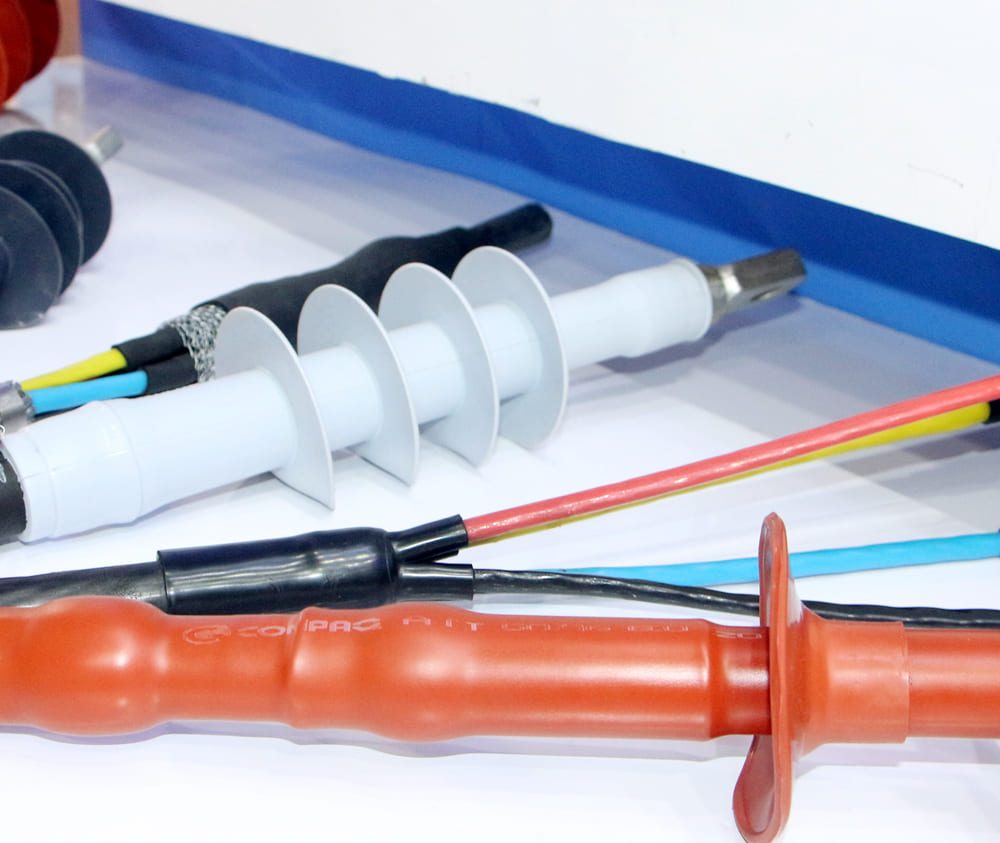 Your Trusted Partner in MV Cable Terminations
Your Trusted Partner in MV Cable Terminations
 The Easy Way to Connect and Protect Medium Voltage Cables with COMPAQ Pre-Moulded Joints
The Easy Way to Connect and Protect Medium Voltage Cables with COMPAQ Pre-Moulded Joints
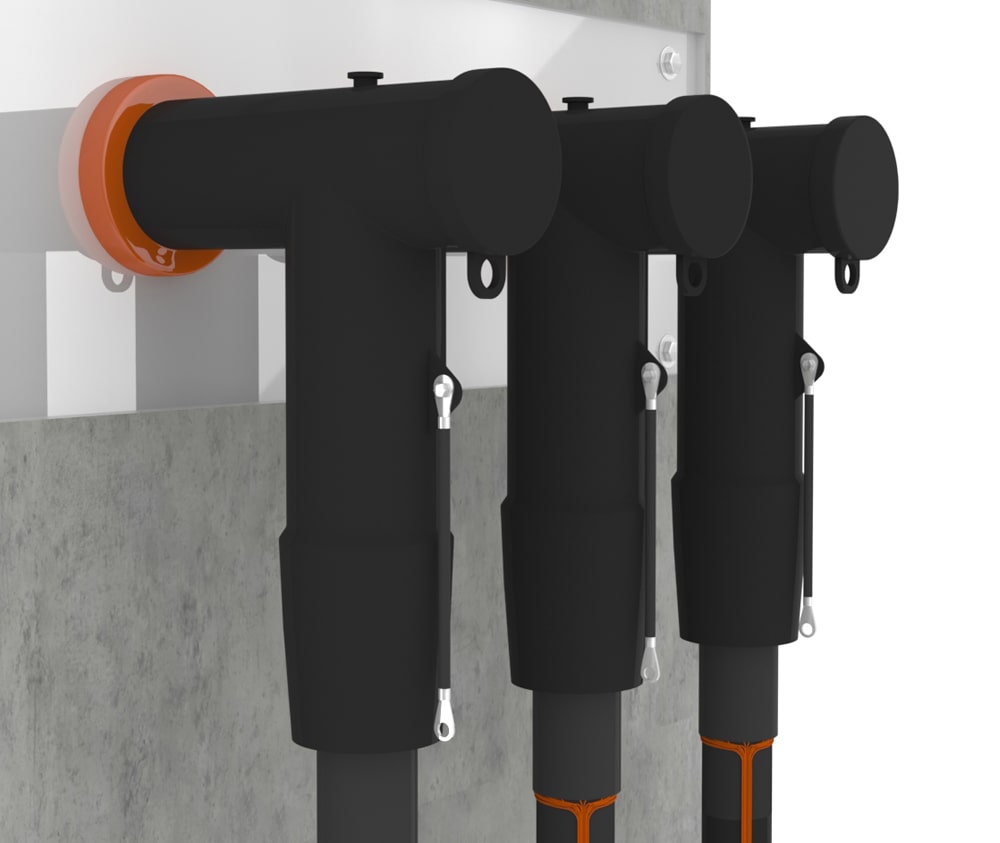 Compaq International's Screened Separable Connector — Touch-Proof Terminations Up to 36 kV
Compaq International's Screened Separable Connector — Touch-Proof Terminations Up to 36 kV
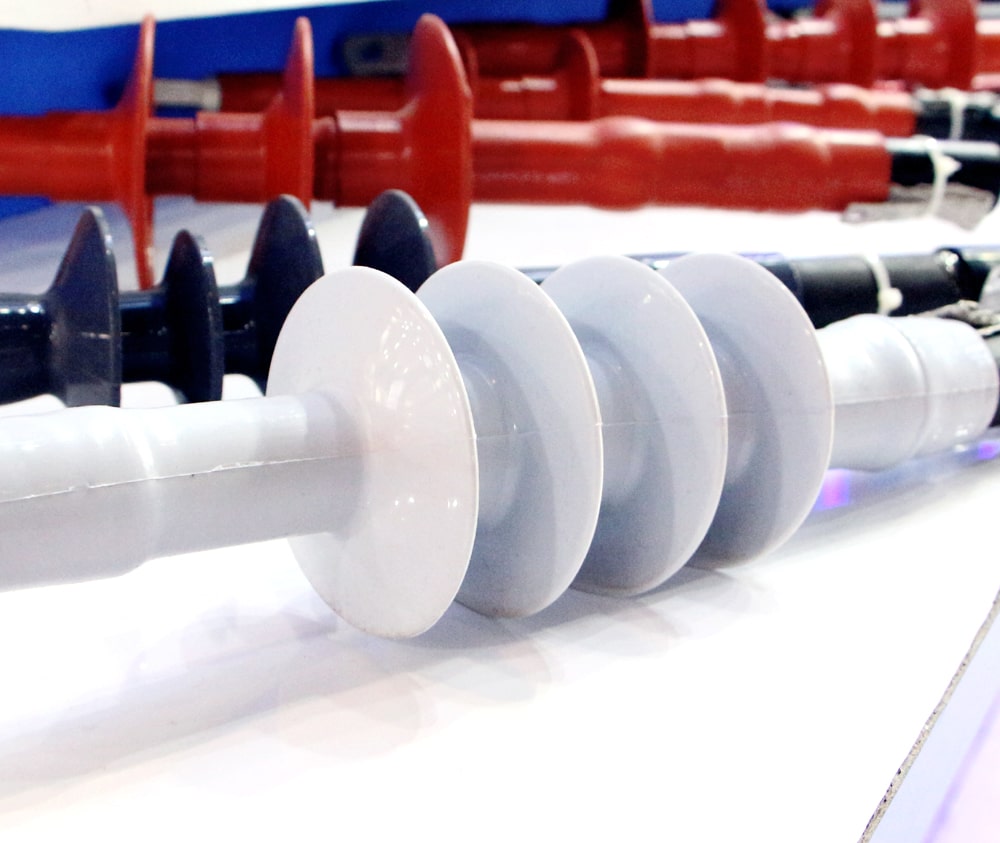 Are you in search of a robust solution to safeguard your cables from tracking and erosion?
Are you in search of a robust solution to safeguard your cables from tracking and erosion?
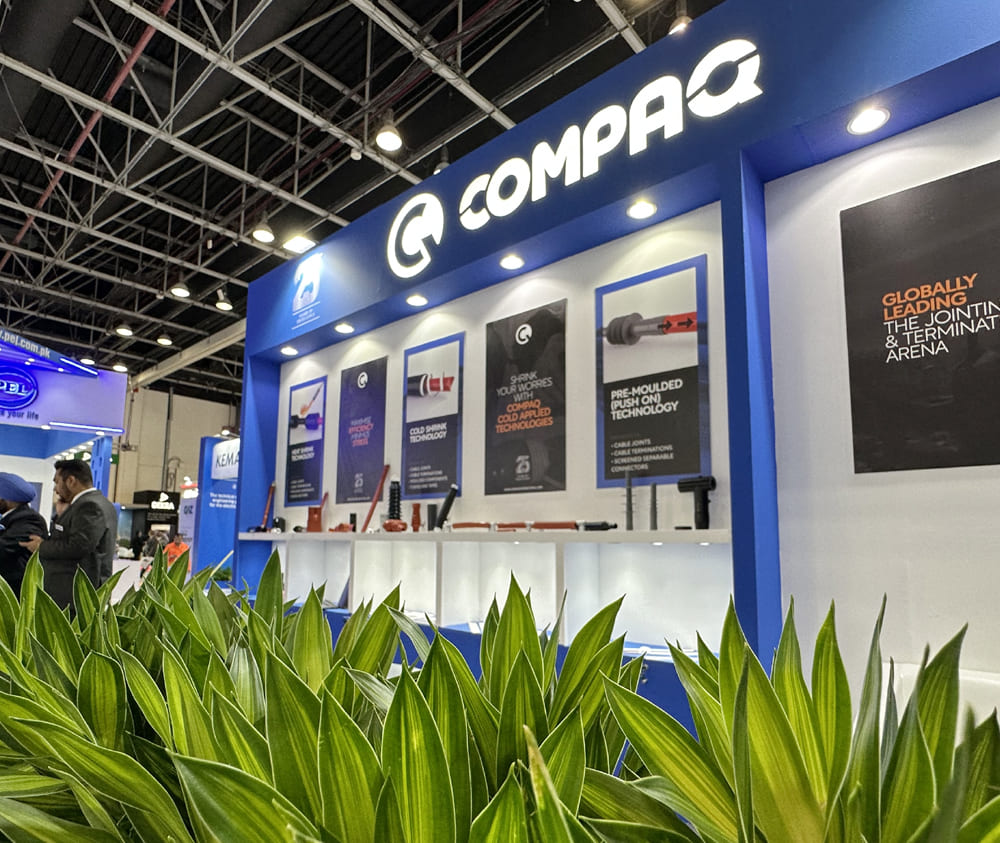 Why Choose Compaq International? A Tale of Quality, Innovation, and Trust
Why Choose Compaq International? A Tale of Quality, Innovation, and Trust
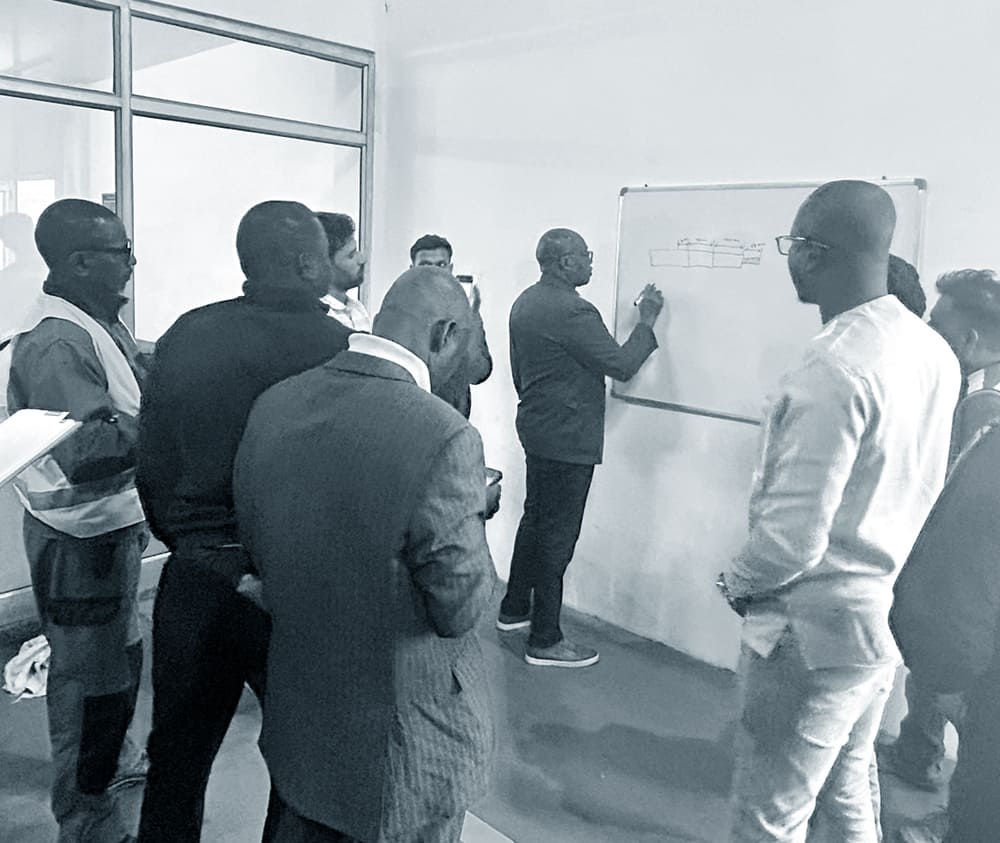 How to Reduce Cable Joint Failure and Build a Reliable Network?
How to Reduce Cable Joint Failure and Build a Reliable Network?
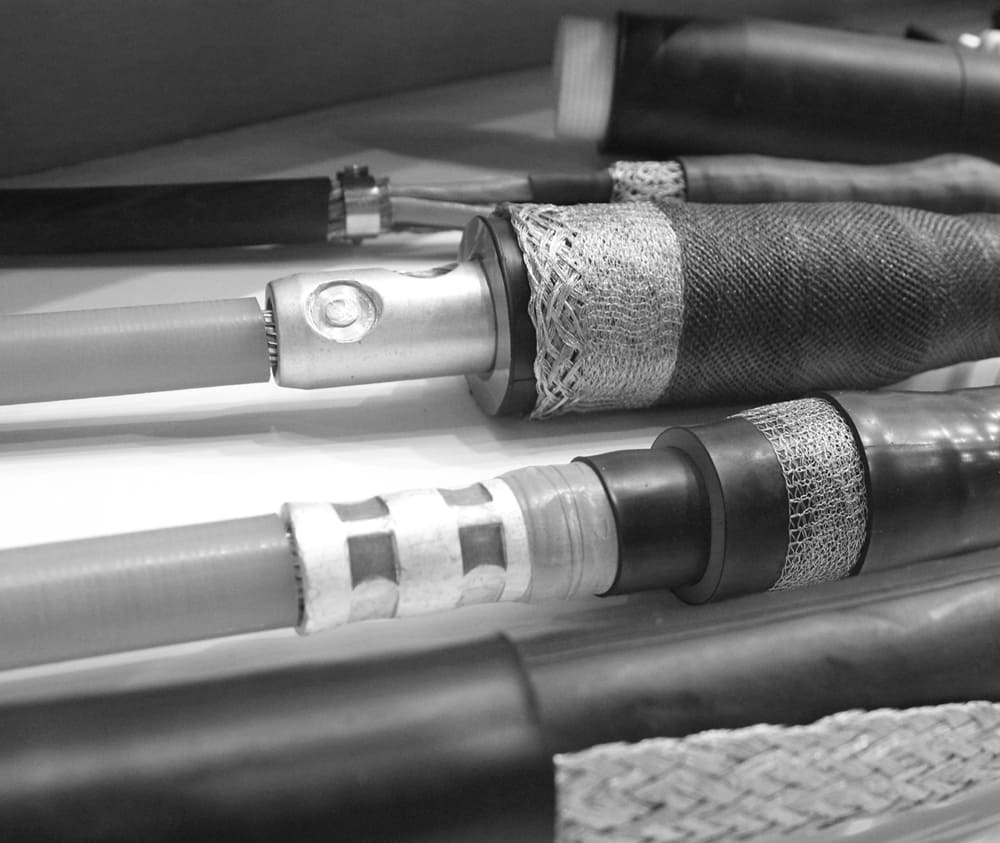 Enhancing Energy Connections: Discover the Power of Cable Joints or you can say What are Cable Joints?
Enhancing Energy Connections: Discover the Power of Cable Joints or you can say What are Cable Joints?
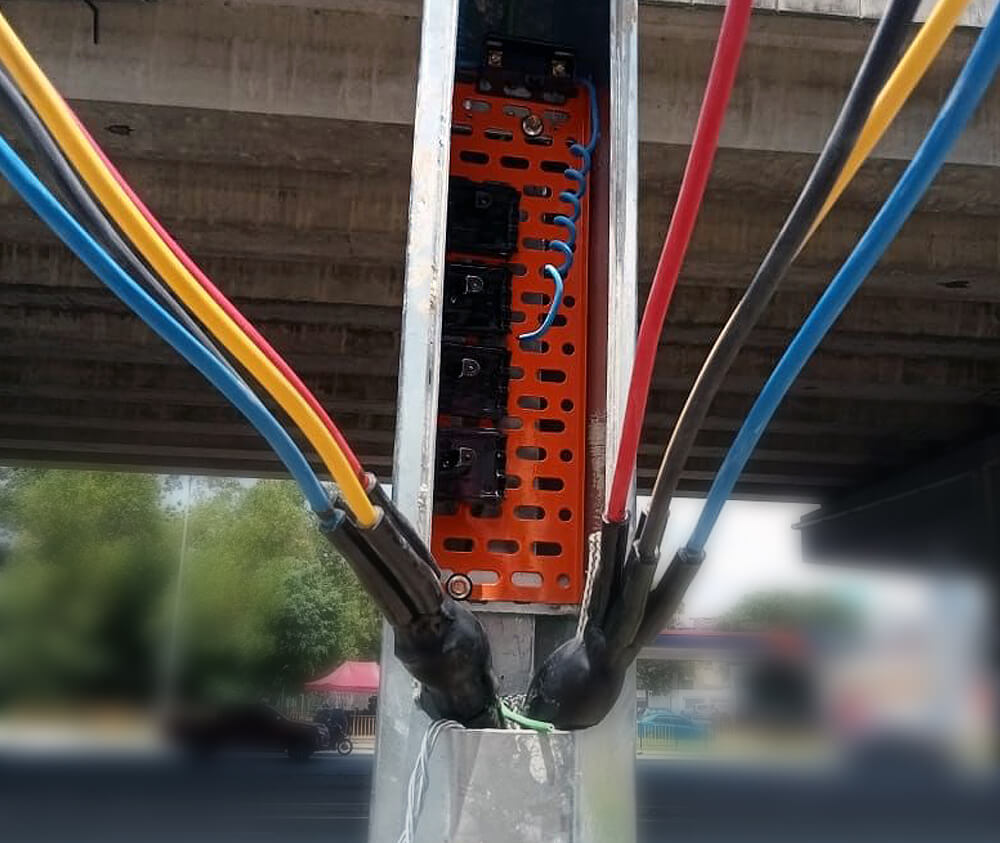 Do you need reliable insulation and cable crutch protection for Low voltage cable terminations
Do you need reliable insulation and cable crutch protection for Low voltage cable terminations
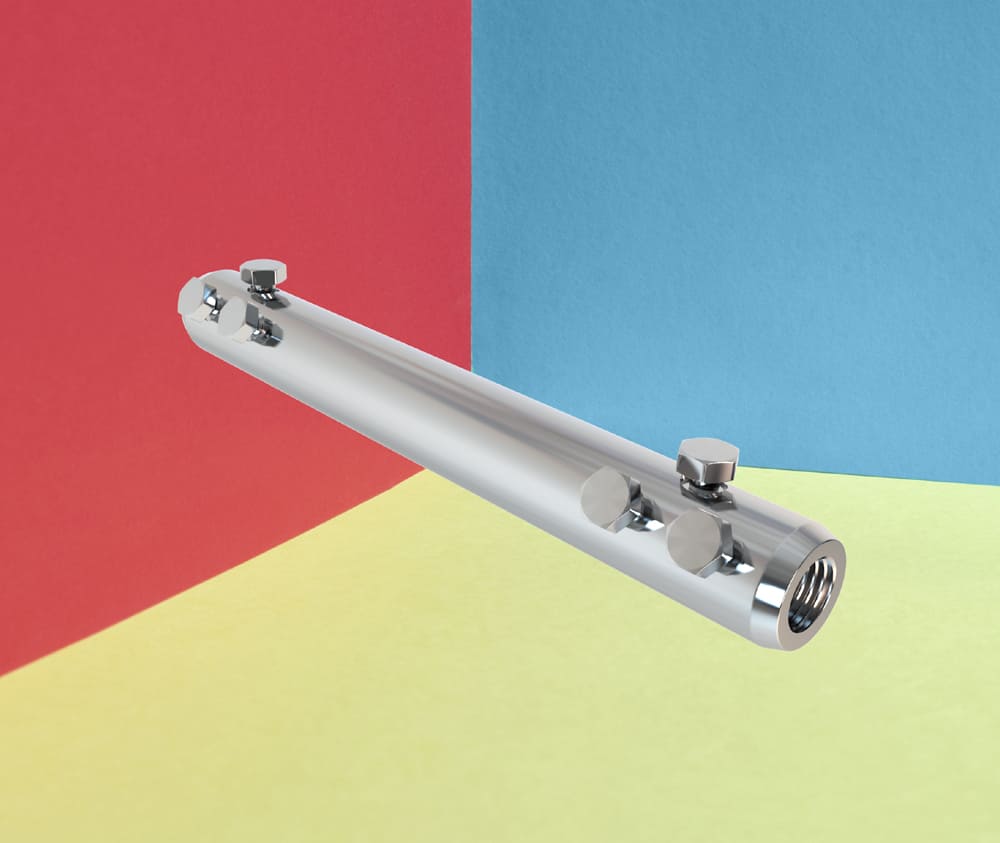 Exploring Compaq International’s Mechanical Shear Head Bolt Repair Connectors
Exploring Compaq International’s Mechanical Shear Head Bolt Repair Connectors
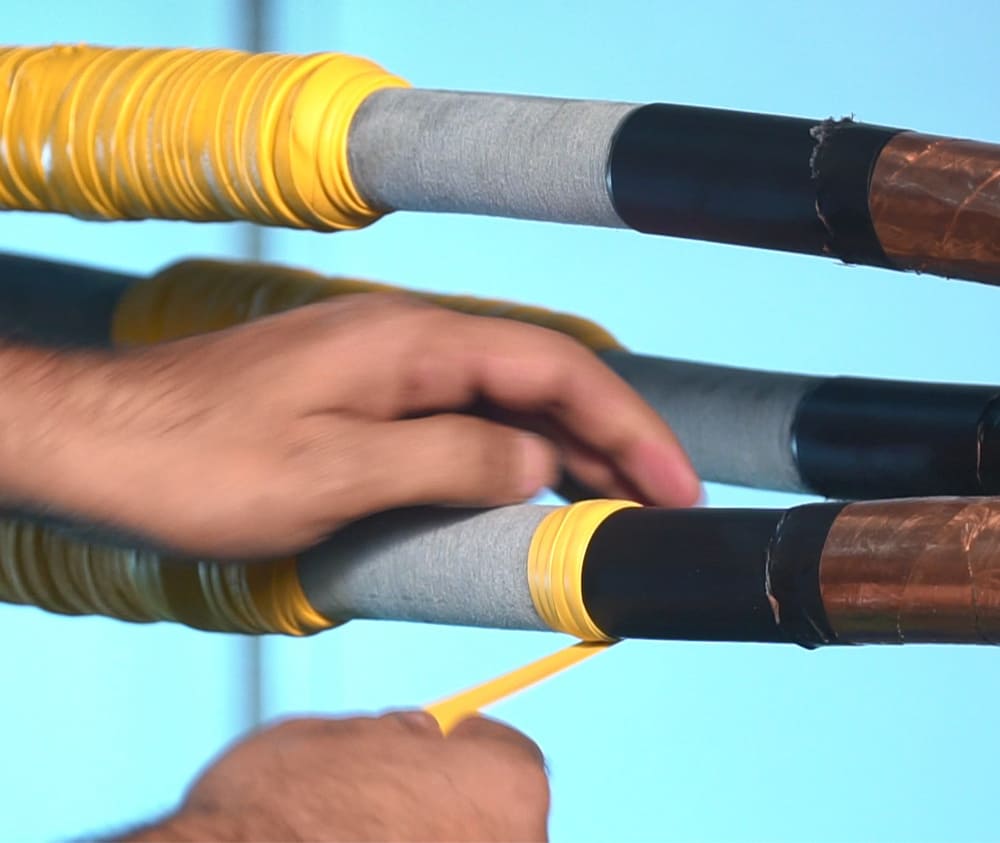 Compaq CSCM Stress Control Mastic Tape: A Safe and Reliable Solution for Electrical Stress Relief
Compaq CSCM Stress Control Mastic Tape: A Safe and Reliable Solution for Electrical Stress Relief
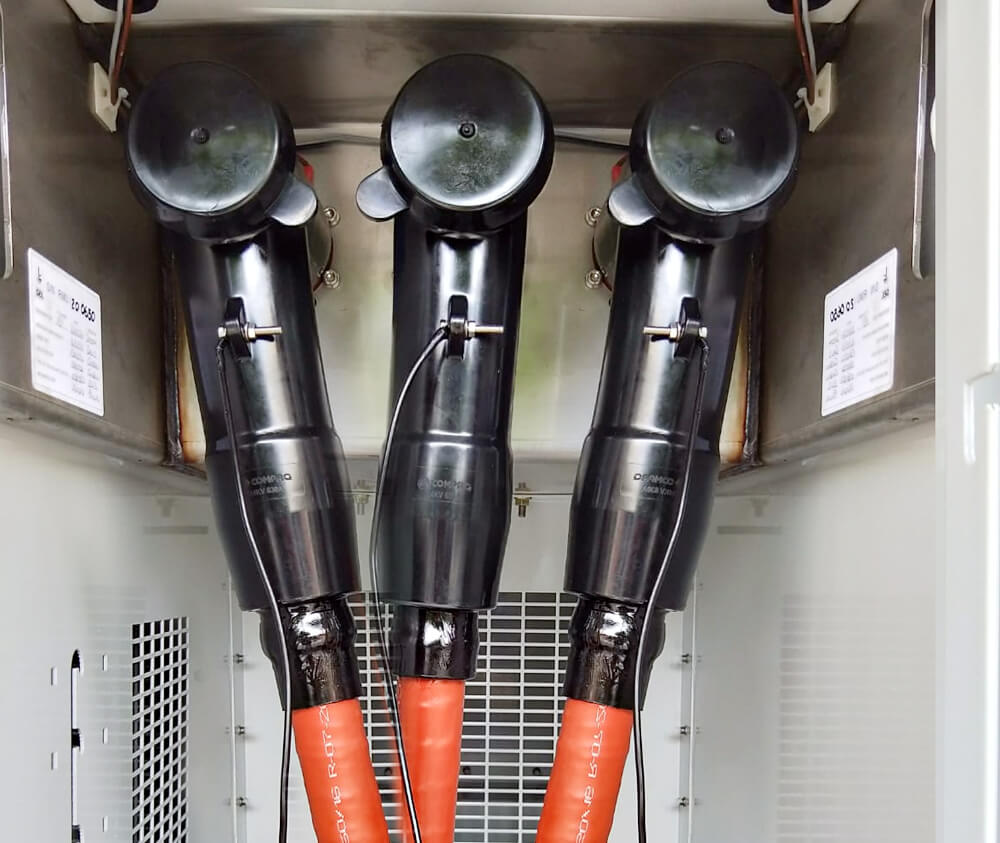 Get Plugged-In with COMPAQ Medium Voltage Separable Connectors- Enjoy Maximum Efficiency with Our Separable Connectors
Get Plugged-In with COMPAQ Medium Voltage Separable Connectors- Enjoy Maximum Efficiency with Our Separable Connectors
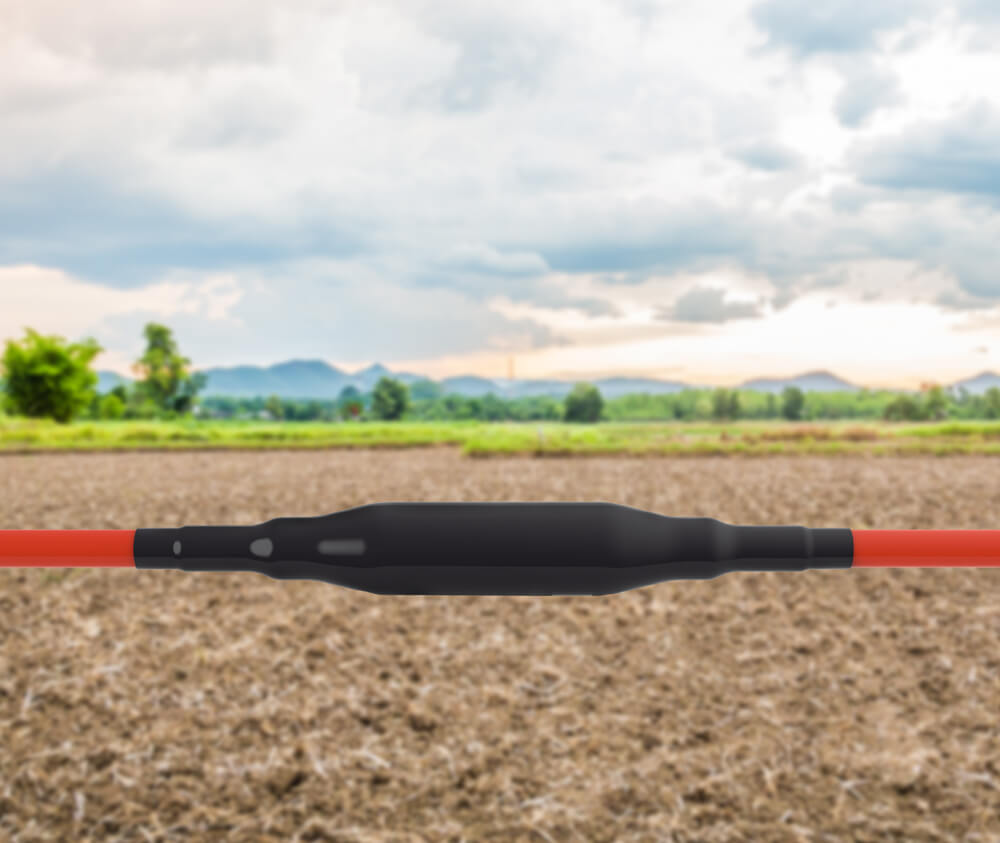 Understanding the Basics of COMPAQ Pre-Moulded (Slip-On) Cable Joints and their Benefits
Understanding the Basics of COMPAQ Pre-Moulded (Slip-On) Cable Joints and their Benefits
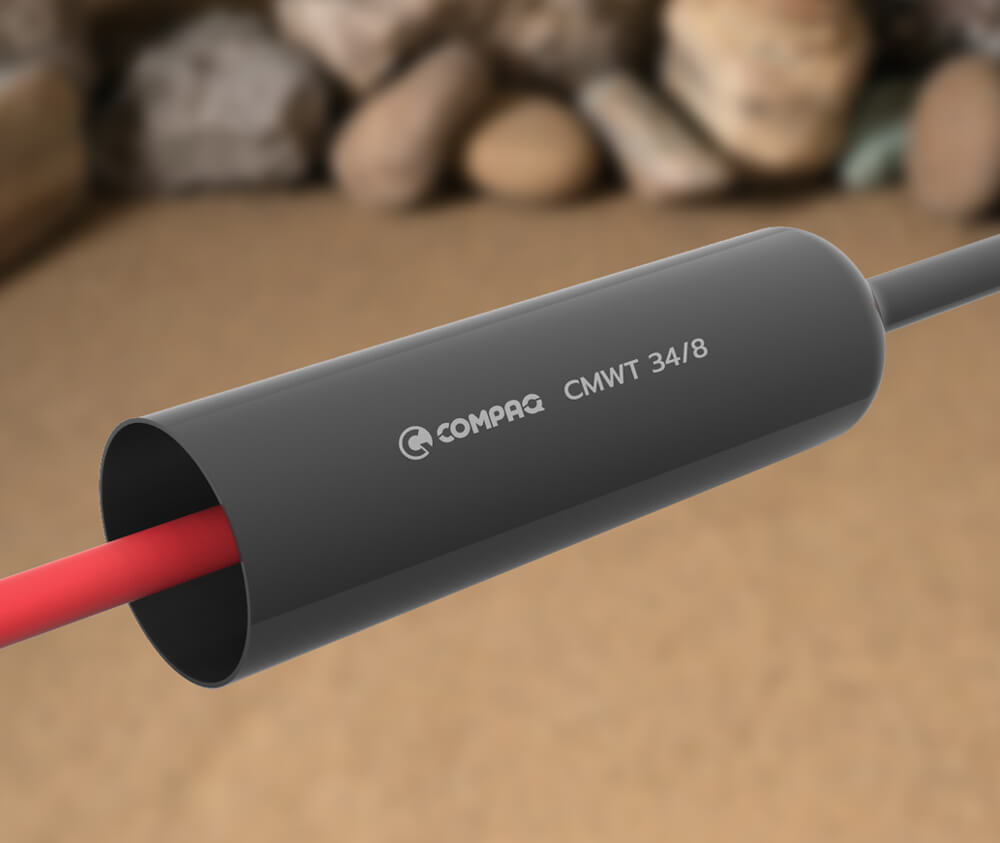 Everything you need to know about COMPAQ Heat Shrinkable Heavy Wall Tubing
Everything you need to know about COMPAQ Heat Shrinkable Heavy Wall Tubing
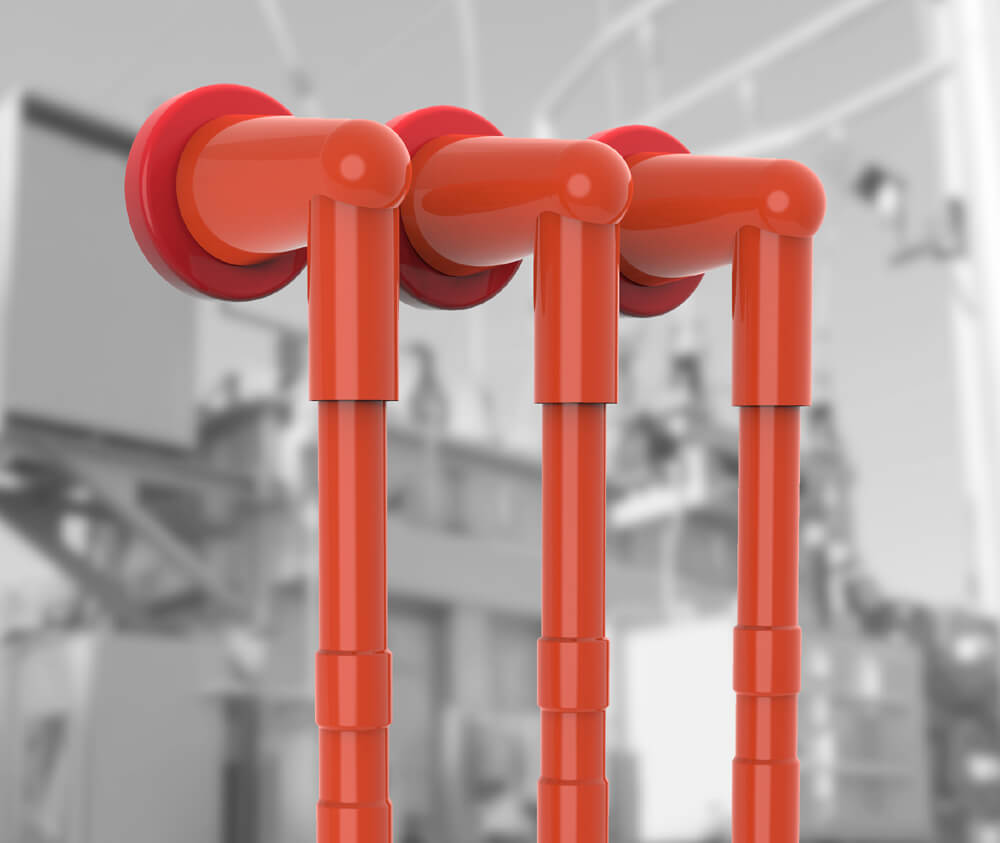 Have you ever wondered how switchgear and transformer cable boxes are able to
operate safely in environments with limited air clearances
Have you ever wondered how switchgear and transformer cable boxes are able to
operate safely in environments with limited air clearances
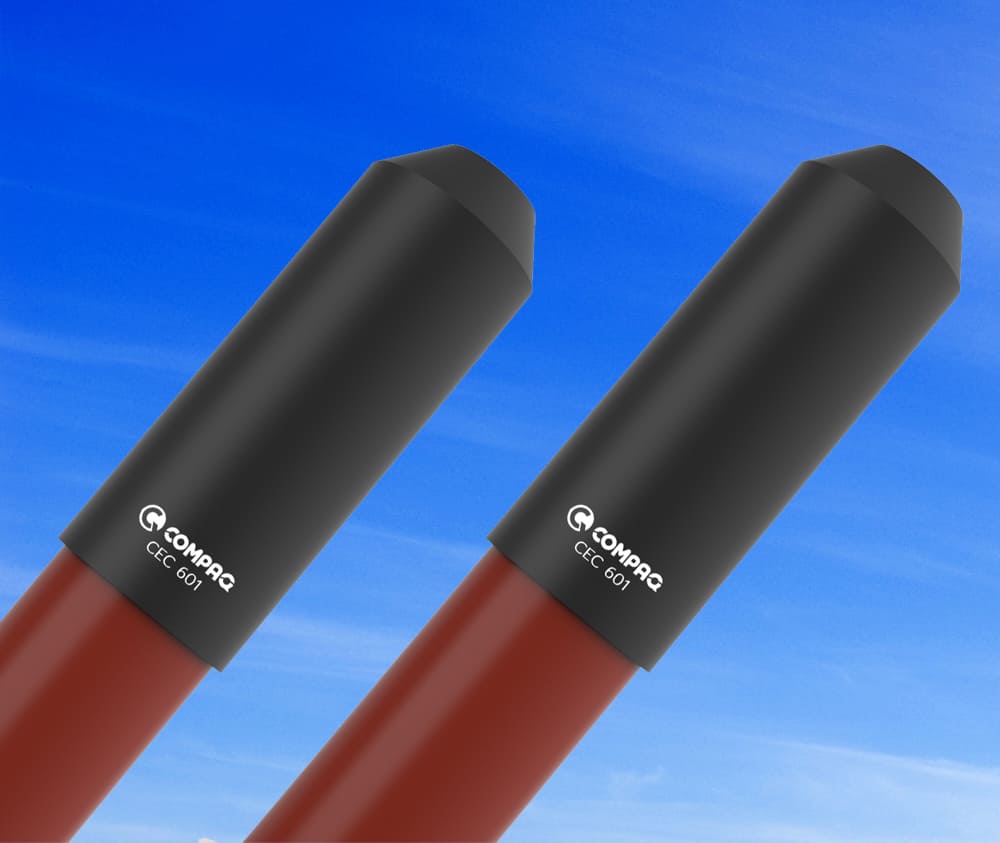 Compaq Heat Shrink Cable End Caps: The Ultimate Cable Protection
Compaq Heat Shrink Cable End Caps: The Ultimate Cable Protection
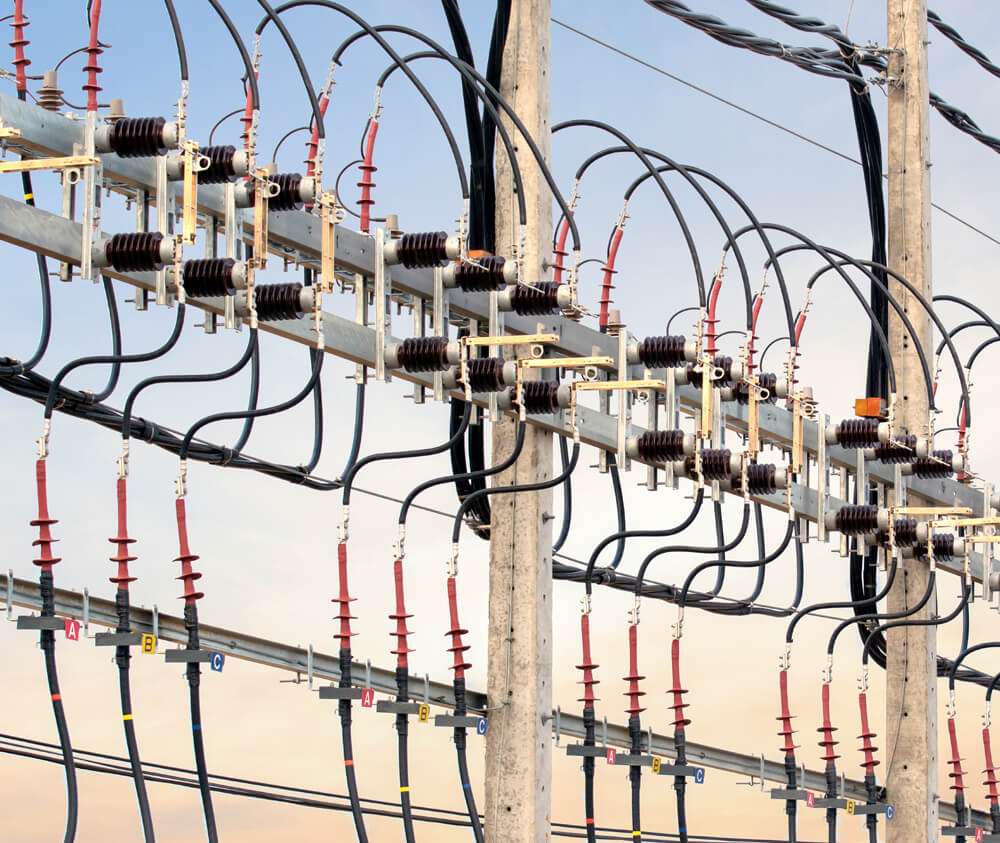 The Role of Medium Voltage Cable Accessories in Modern Life
The Role of Medium Voltage Cable Accessories in Modern Life
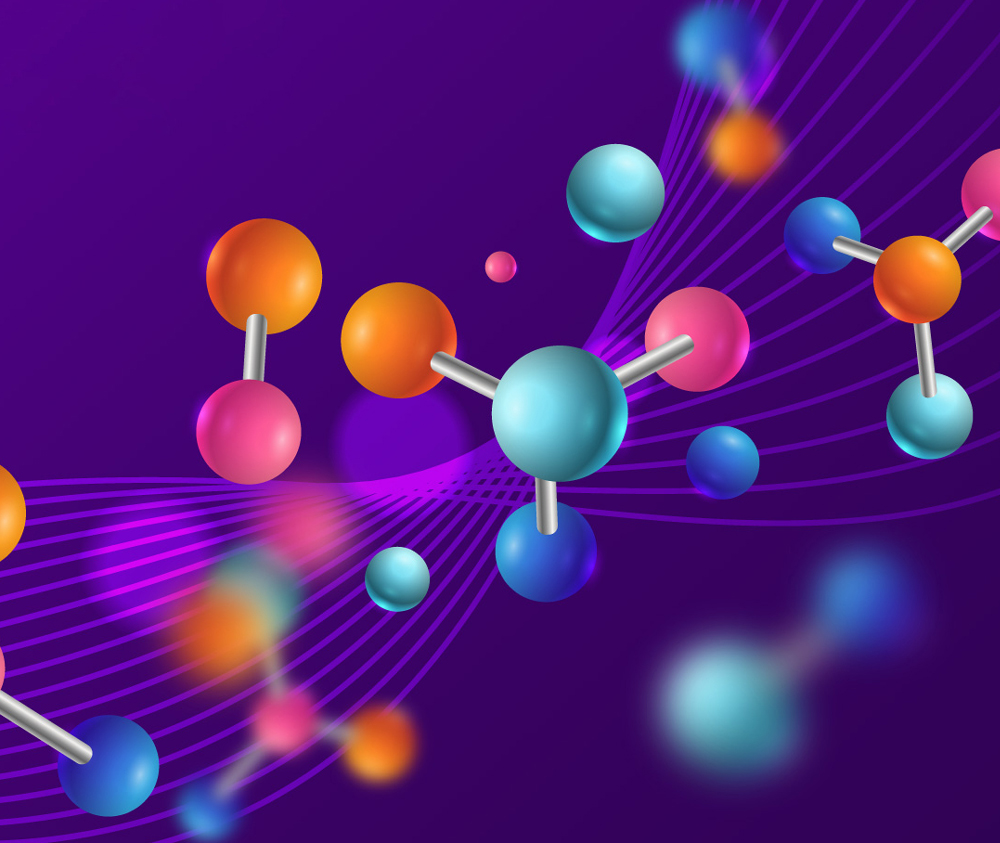 Welcome to the world of Heat Shrink Technology!
Welcome to the world of Heat Shrink Technology!
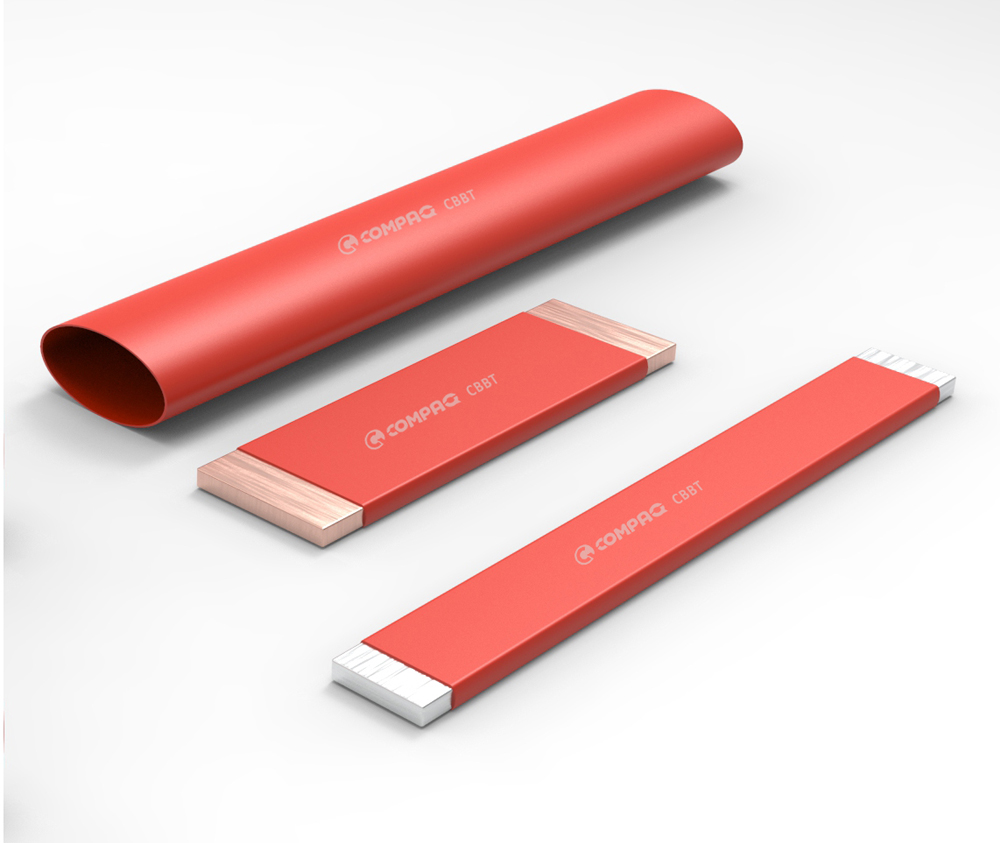 Are You Looking For An Effective Way To Insulate And Protect Your Substation And Switchgear Up To 66 kV?
Are You Looking For An Effective Way To Insulate And Protect Your Substation And Switchgear Up To 66 kV?
 What are Cable Joints?
What are Cable Joints?
 What are Separable Connectors?
What are Separable Connectors?
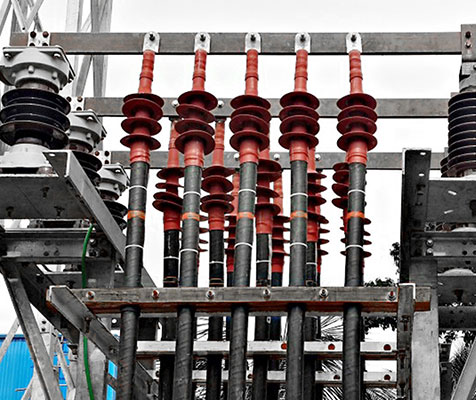 What are Heat Shrink Cable Terminations
What are Heat Shrink Cable Terminations
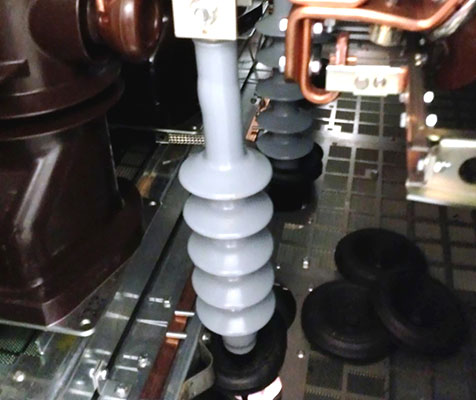 What are Cold Shrink Cable Terminators?
What are Cold Shrink Cable Terminators?
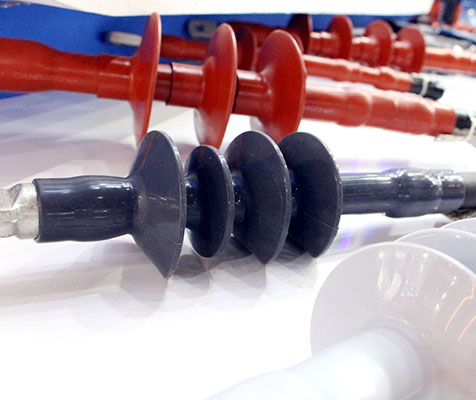 What are Cable Terminators?
What are Cable Terminators?
 What are Underground Cabling Systems?
What are Underground Cabling Systems?
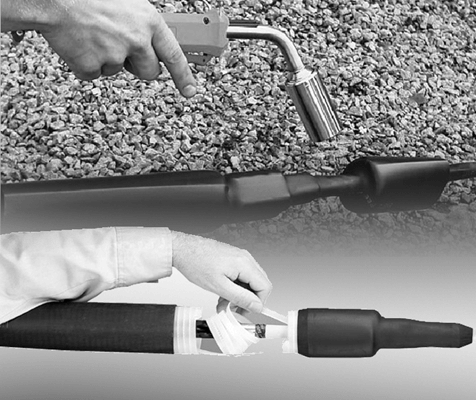 What are Heat and Cold Shrink Technologies?
What are Heat and Cold Shrink Technologies?
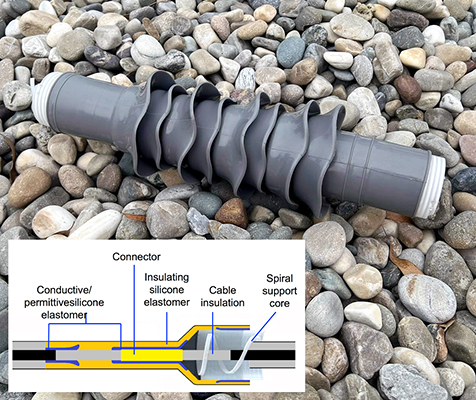 What is Cold Shrink Technology?
What is Cold Shrink Technology?